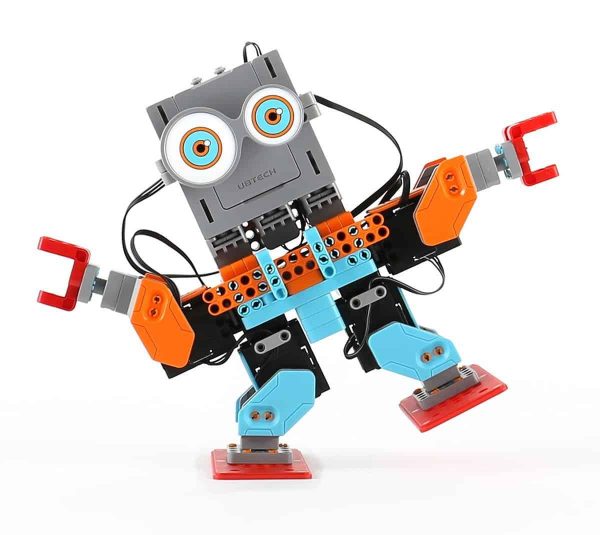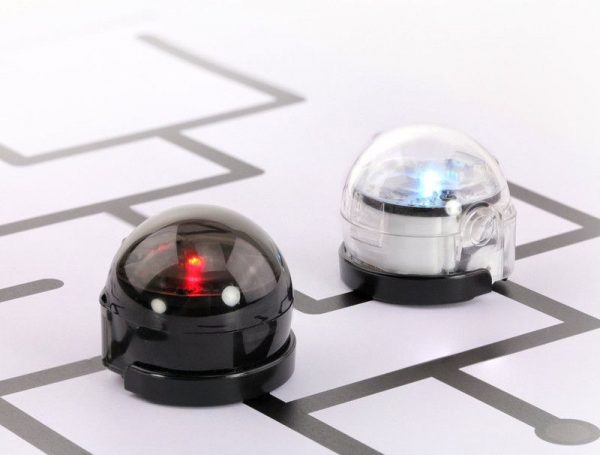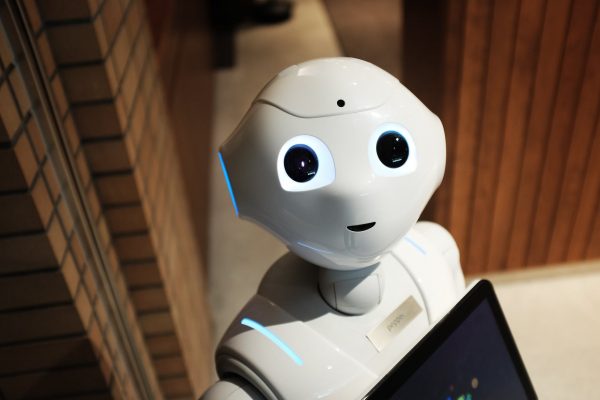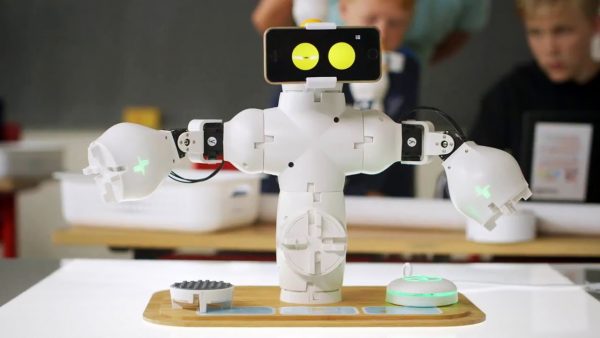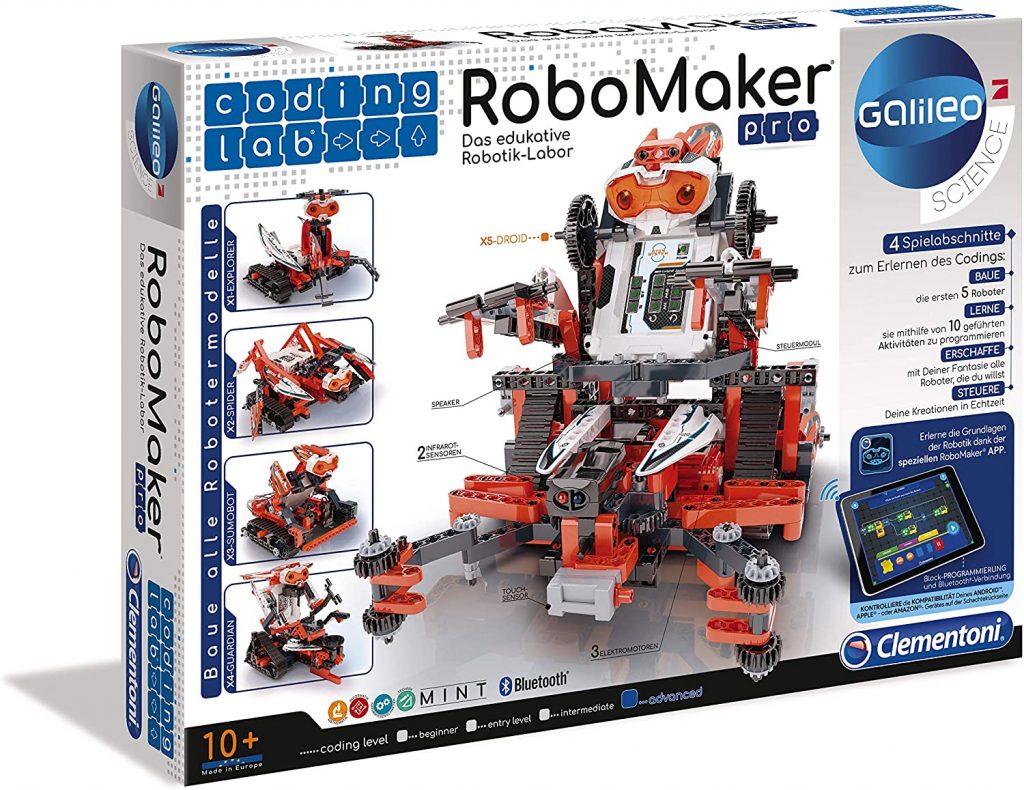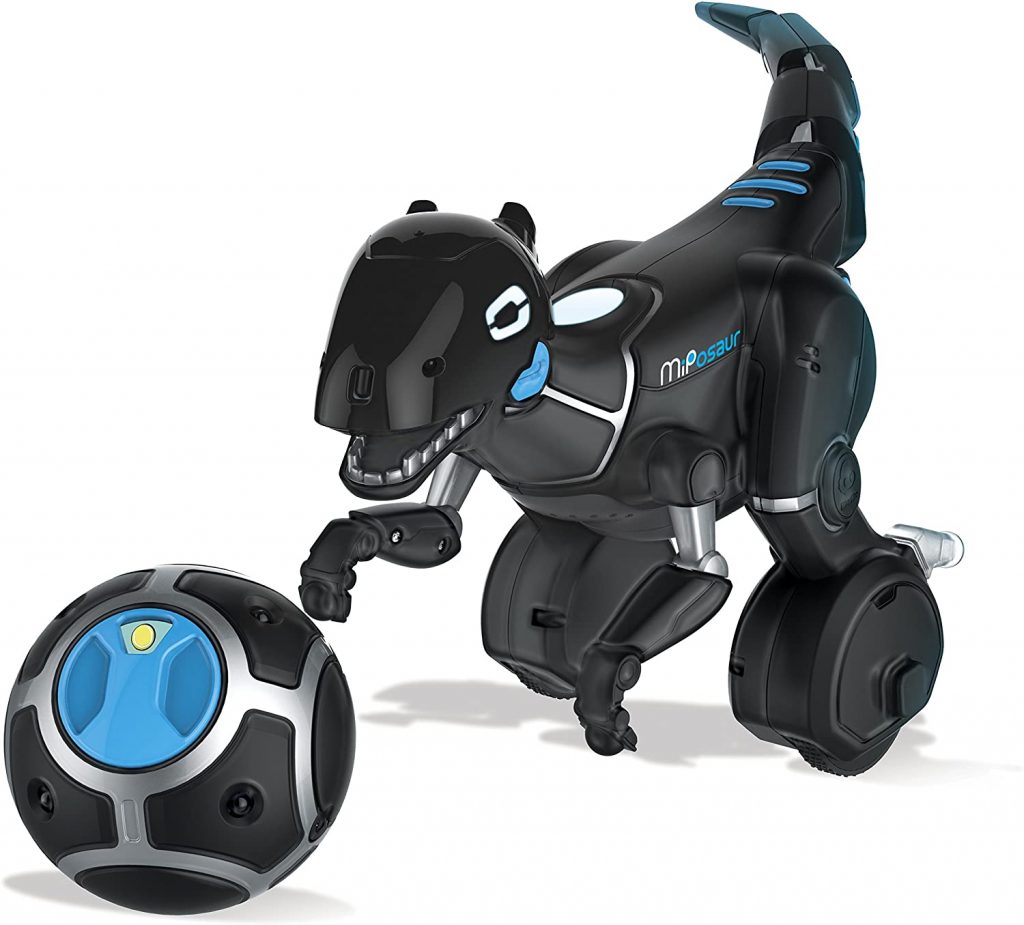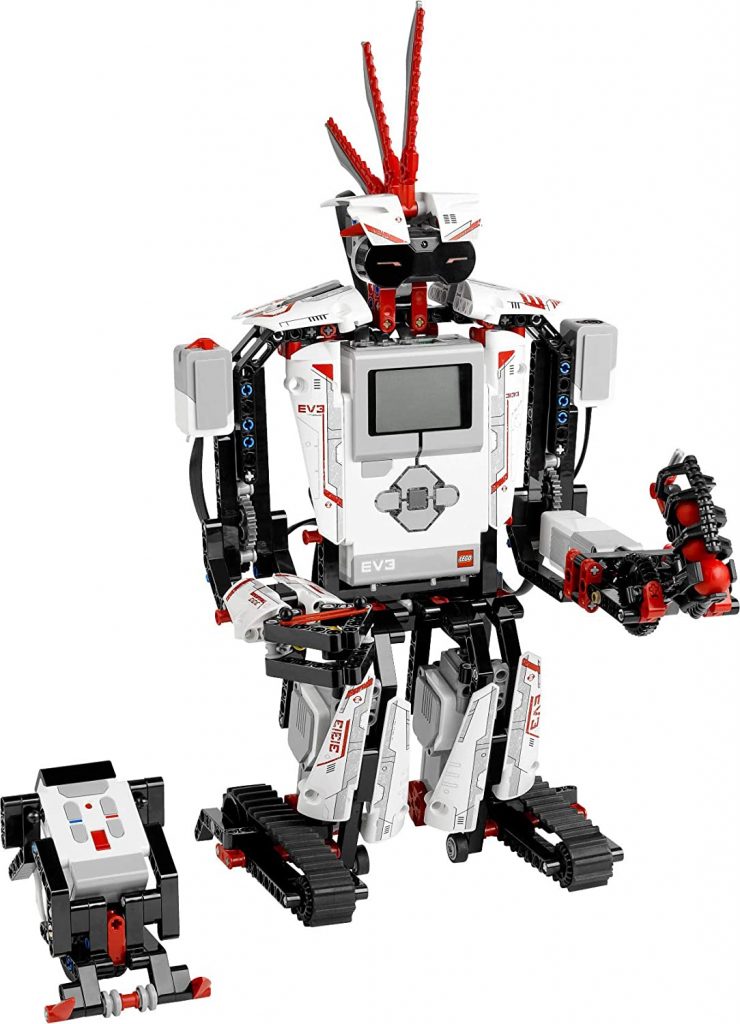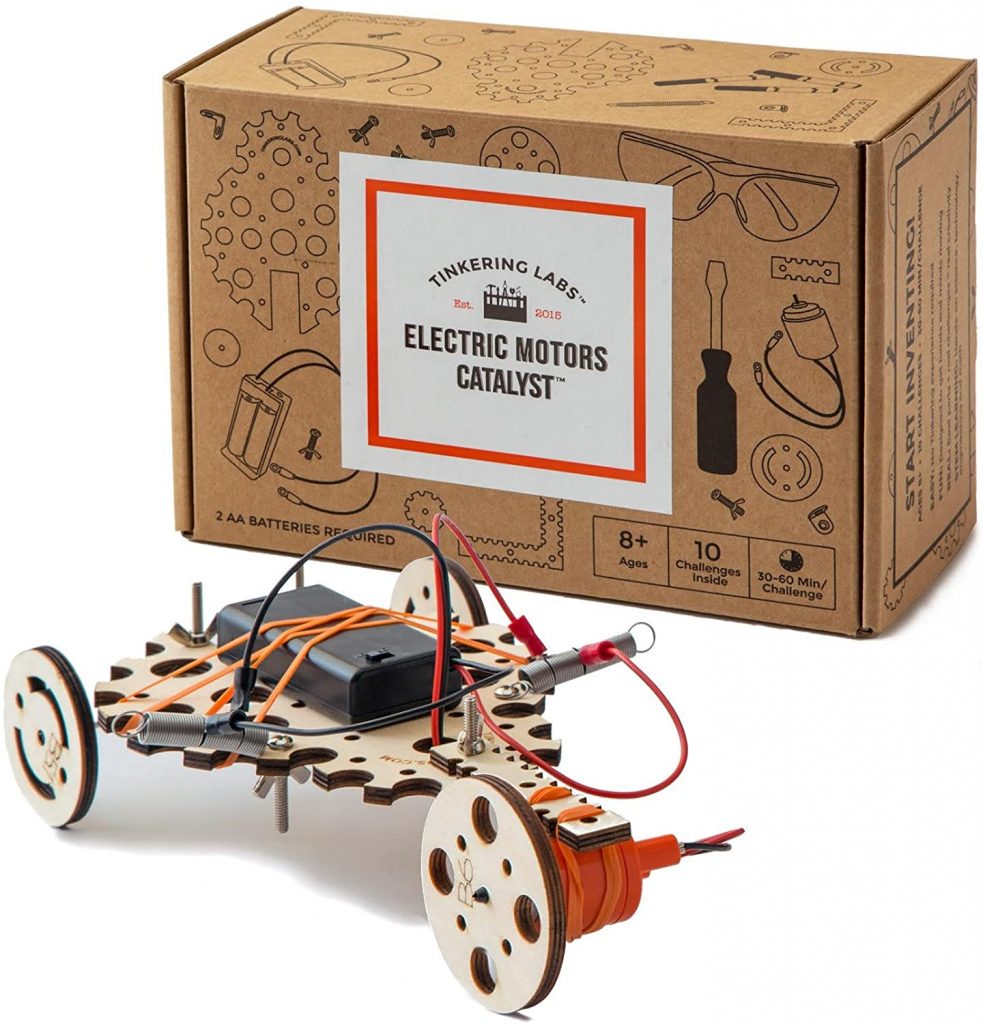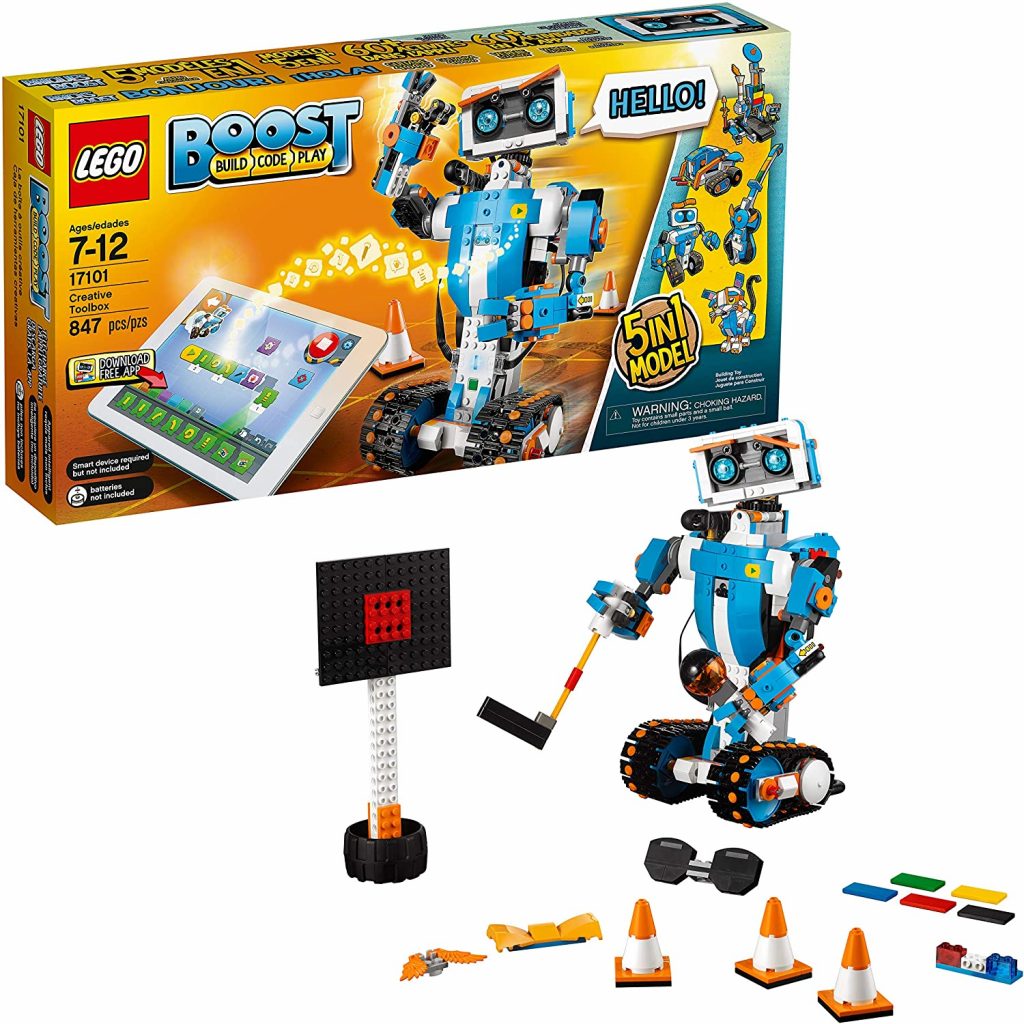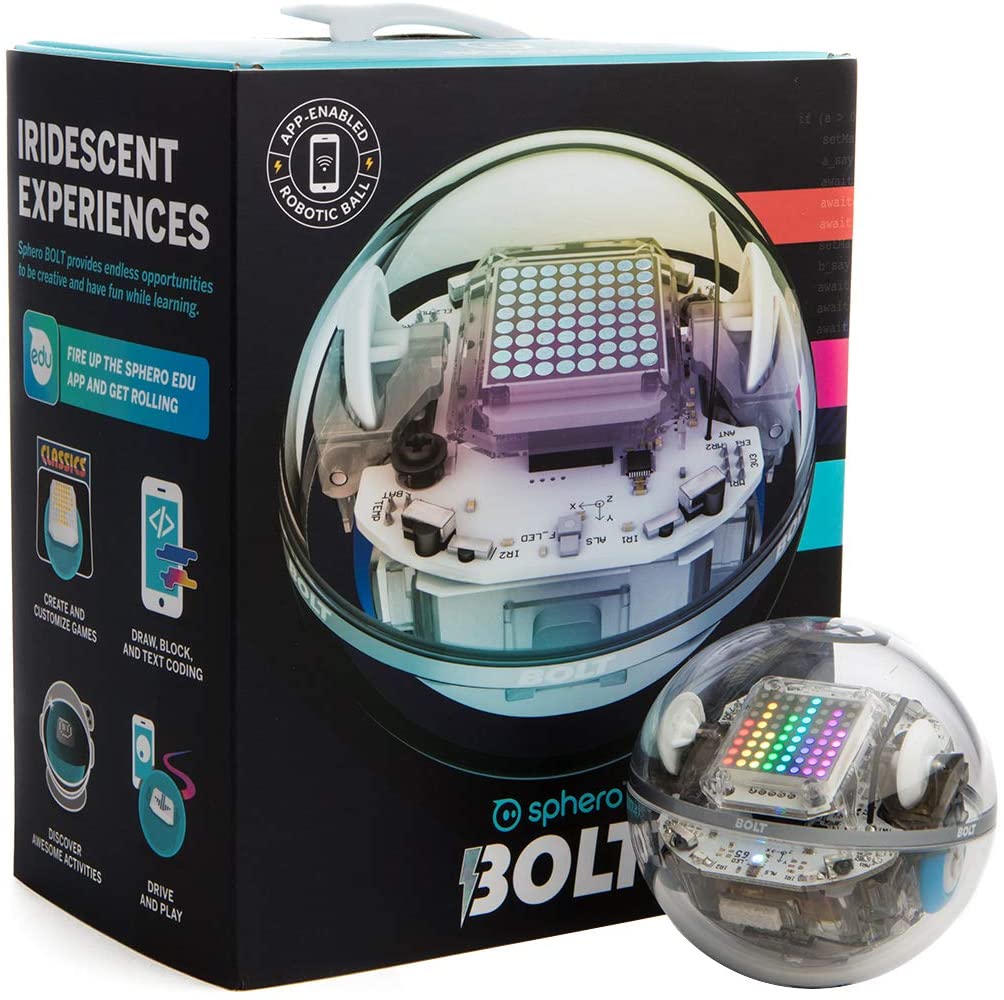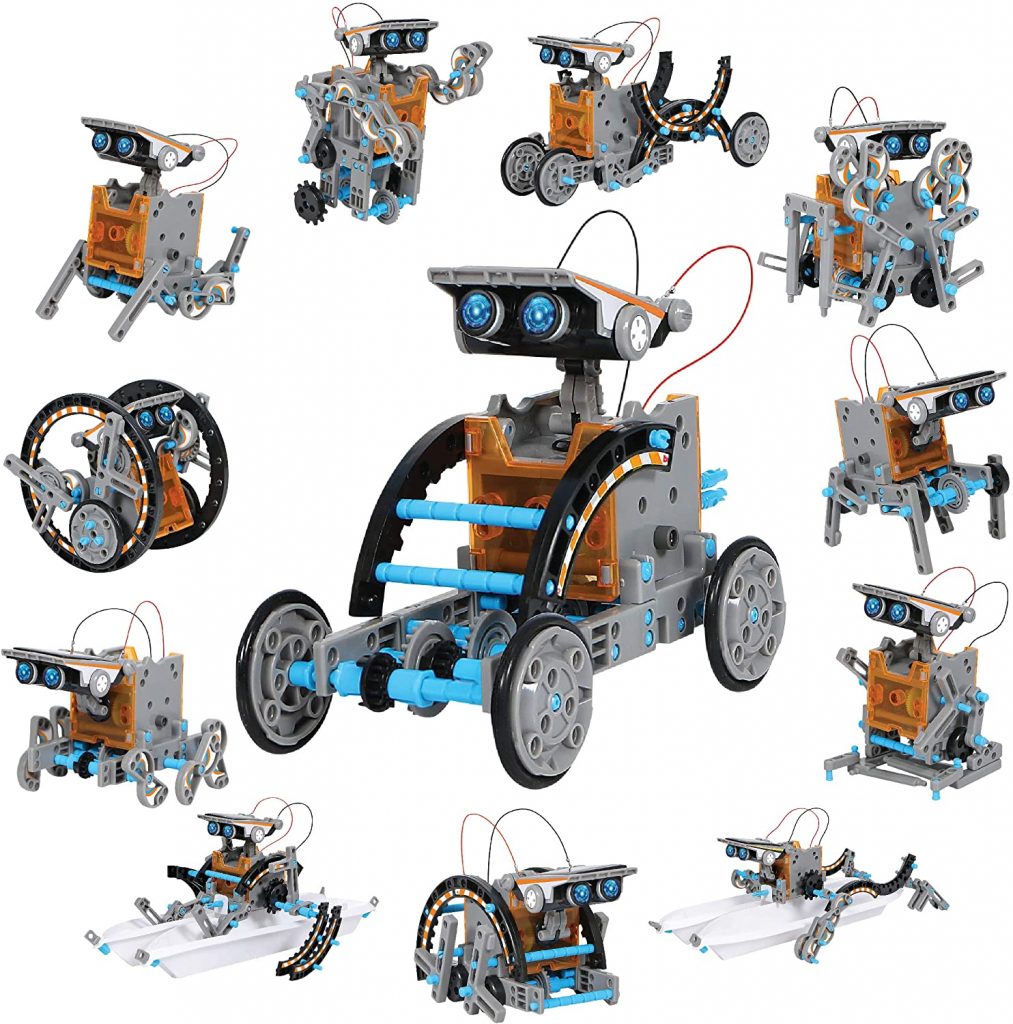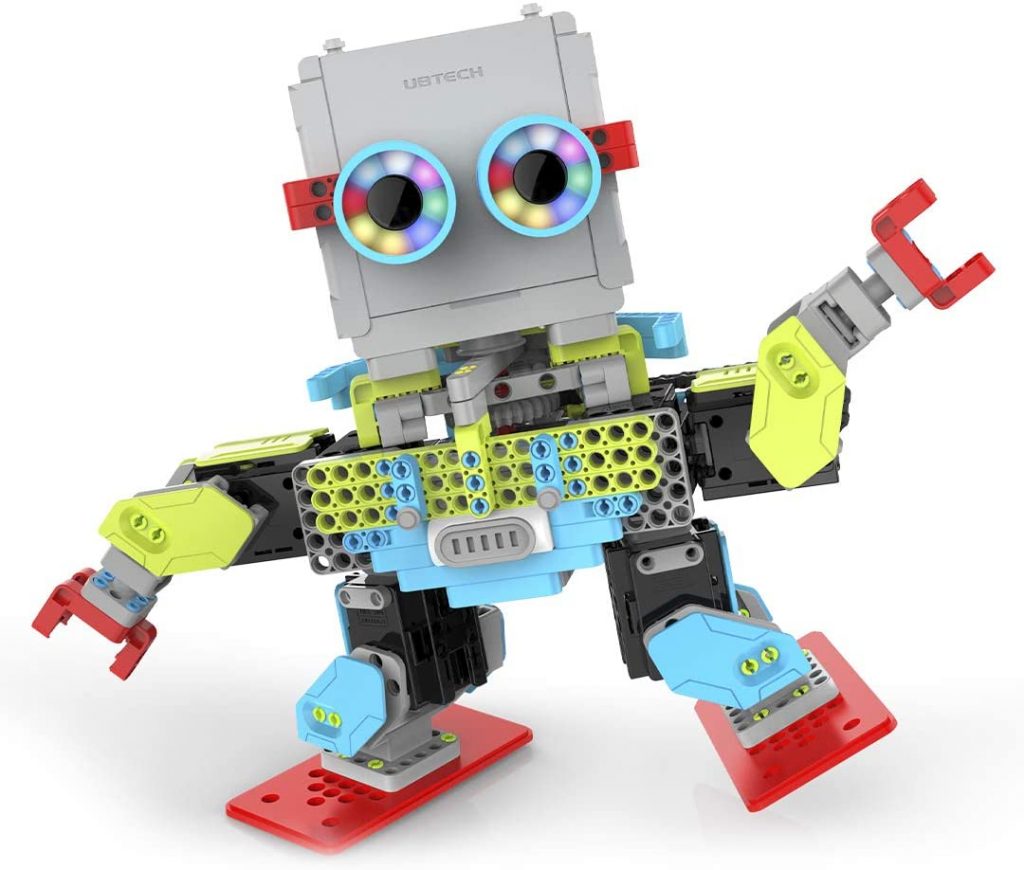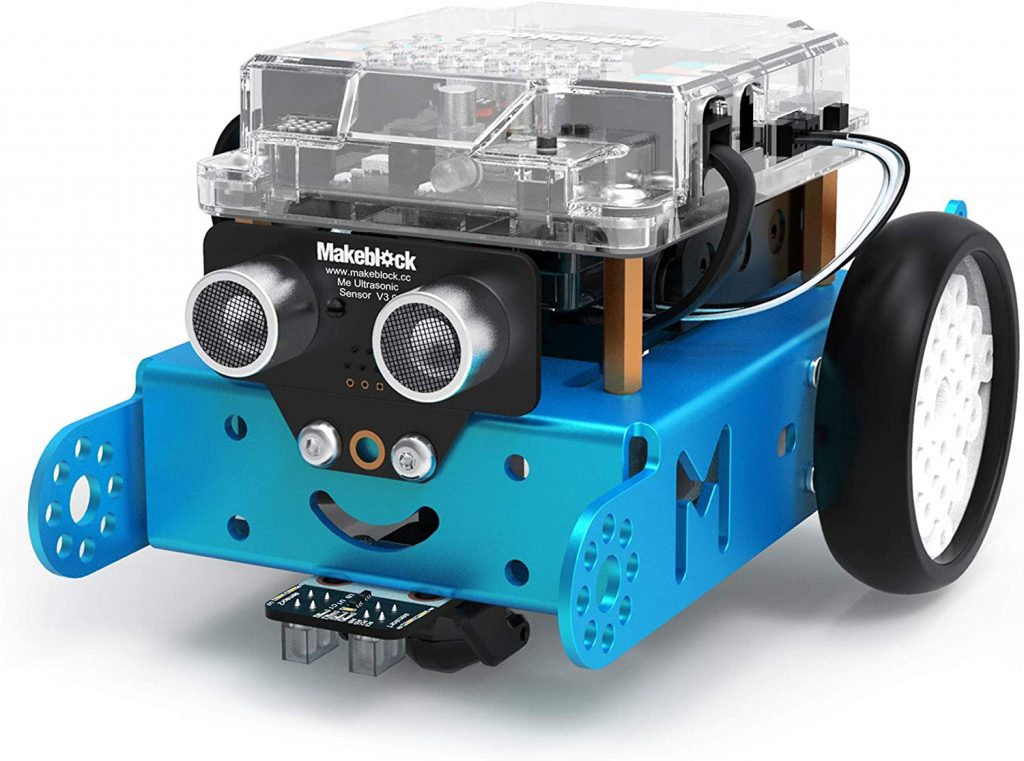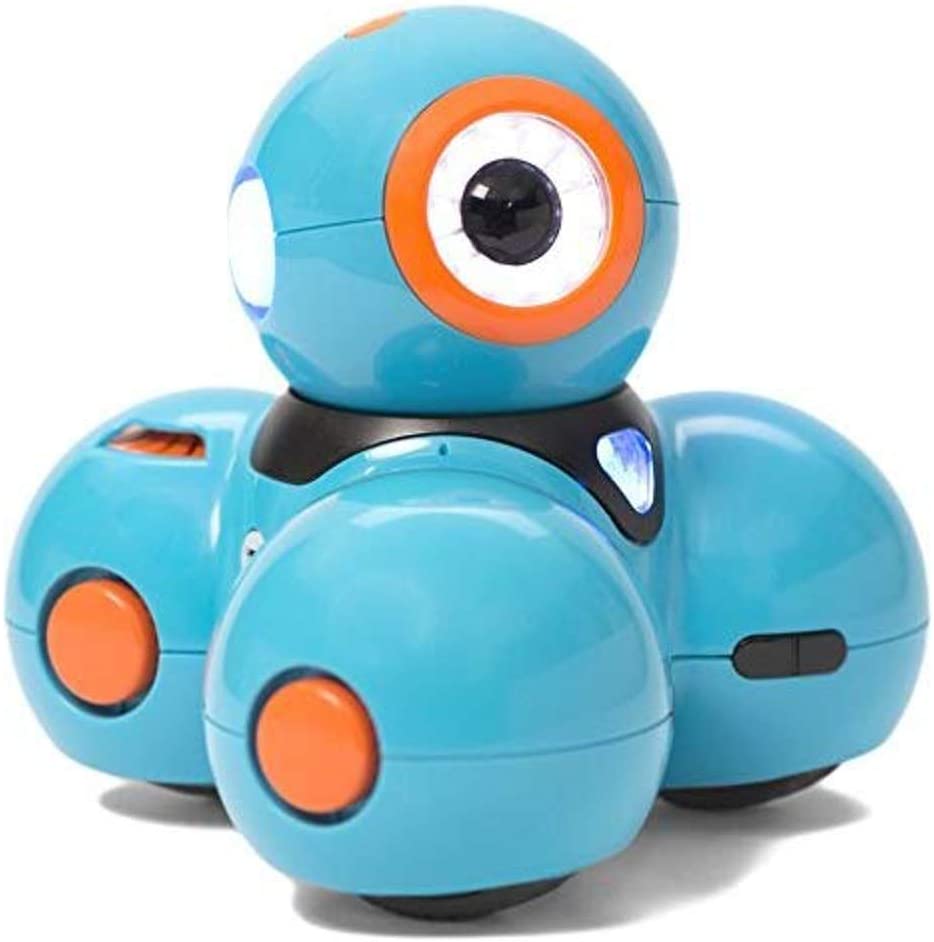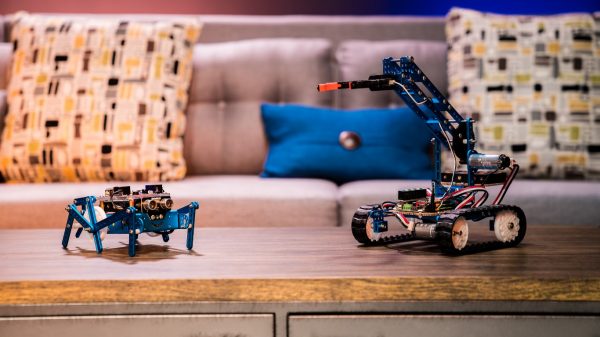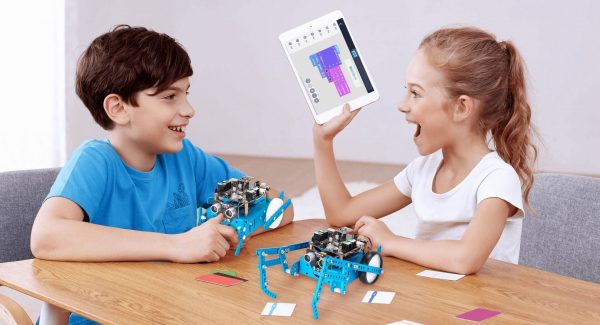What Are Robots for Kids?
Robots are everywhere. They are increasingly being used for commercial, military, intelligence, medical, and even domestic purposes. And for most us who watch TV, robots are a staple of sci-fi movies and TV shows. We also sometimes see them in factories, and they can also help us complete our chores. Most children also have a form of exposure to robots. Kids see them in animated cartoons, manufacturing lines, and even toy stores. There are even social robots empowered with artificial intelligence (AI). This type of robots are able to interact with humans on an almost human level. Mini versions of social robots have been made, and some are even intended for children. The best example of a social robot that also functions as a toy is Anki’s Cozmo and Vector. These robots are integrated with more than a hundred human-like responses. This makes the robot a mix between an actual pet and a digital assistant. Robots are the perfect example of the practical applications of the unified fields of science, technology, engineering, and math (STEM). The development of robots is a multi-faceted task. This includes coding, designing, development, and operation. STEM courses are integrated for the accomplishment of any of these tasks. And thus far, the STEM field has accomplished so much in terms of producing robots with highly practical applications.
What Makes a Robot What It Is?
A robot is anything that can move independently. It should also be able to perform complex actions such as grasping and moving objects. There are several qualifying traits for a machine to be considered a robot. The first is that it must have a physical form that allows for movement. Most robots are equipped with hands or wheels that enable it to move around, grasp things, or even play music. Arguably, this is the trait that deviates robots from pure AI. Just consider Alexa or Google Home. They are able to move things around in the digital sphere. But they do not have a physical form. For a machine to be considered as a robot, it must have a physical form to move around. Another crucial qualifier is the degree of autonomy or automatic operation. This pertains to the ability of the robot to accomplish complicated tasks. That is, with minimal or complete absence of human supervision. Take the Roomba, for example. The Roomba’s ability to vacuum by itself and deal with minor occurrences makes it a robot. Some robots even can interact on a basic level. Others are able to simulate human traits and personalities.
Robots Are Everywhere
In reality, we are surrounded by devices that we don’t consider as robots. These devices have many of the characteristics that fit the definition of a robot. Perhaps it’s also time that we enlightened our children about the existence of these useful, and intelligent tools. Although robots have not been fully integrated into the household, they do possess endless potential to improve and redefine our daily lives. Read on about the different types of robots in existence. Another notable development in the field of robotics are 3D printers. 3D printers are industrial-sized machines that can print three-dimensional objects from digital models. With the help of these printers, scientists are able to produce very useful objects. These include things such as hearing aids, dental implants, and the like. If you already have adequate knowledge about machines and electronics, you can either create your own 3D printer or purchase one. Here’s a guide on how to build a 3D printer. Or, you can choose from this list of the best 3D printers under $500. And if you’re successful, here are some highly practical and amazing ideas about what you can make with it.
10 Robots for Kids in 2020
Photo by ytimg Robots for kids come in different forms, but an official selection is in the way of designer robots. These are pre-built brands that teach children basic design and coding. Meanwhile, there are those models that are more sophisticated in design. They also offer a fun challenge for both children and adults. These come with hundreds of tiny components that must be built piece by piece. And they also have programmable components that allow the completed figure to move. These are usually controlled using remote-control apps on a tablet or phone. If you find this interesting at all, read on to find the best robots for kids:
What to Look for When Buying Robots for Kids?
The package includes a cybernetic brain that receives programming instructions. Programming is important as this generates movement of different kinds. It also comes with three electric motors, a touch sensor, and a speaker. There’s also a rather complicated step-by-step guide for children. A downloadable app controls the directional movement of the figure. The Clementoni Lab RoboMaker is STEM-certified. This means this will be great fun and challenge for both you and your child. A downloadable app allows you to drive around the Miposaur. You can also have it battle against other robotic dinosaurs. This also tracks the moods and health status of the toy. The robot also has different personalities that are color-coded on its body. Blue means it’s curious and neutral, orange means excited, and red means it’s angry. And just like a real pet, the robot dinosaur will start to get mad the moment you start pulling on its tail. It can start growling at you, change colors, or even attack you. Besides the dinosaur, you will also get a trackball and perhaps a free set of triple-A batteries. What makes this LEGO set different is the presence of mechanical components. It also possesses an intelligent brain they call “intelligent brick.” This bright brick has eight connection cable ports, a mini-USB port, and a micro-SD slot. These function to expand internal memory and connect the device via Bluetooth. The robot also comes with improved color sensors that can recognize seven colors. The EV3 kit comes with a total of 550 pieces of LEGO blocks that you need to put together. The kit is jam-packed with not only bricks but also mechanical components. These include an infrared remote control, the intelligent brick, and three servo motors. Also included is a color sensor, an infrared sensor, and more. That’s before you can even start coding. The kit is compatible with all LEGO build sets so your kids can make genuinely unique builds. A dedicated app for the EV3 works on both iOS and Android mobile devices. LEGO recommends the EV3 for children ages 10 and above. But even hobbyists and collectors love this toolkit. It’s a great way for people of all ages to glimpse into the world of programming. It’s also sure to keep the young ones thinking. Kids and parents alike will have to buckle down and think hard on how to put them together. The great thing about this toolkit is that it’s ultimately screenless. The figures formed will have their switches and can’t be controlled via an app. So that means less screen time and more focused building for your kids. This is a fully-packed STEM kit for beginners. This includes safety glasses, electric motors with wires, and a battery pack. There are also a wooden chassis, axles, wooden connectors, washable markers, and more. This STEM kit is ideal for children ages eight and above. It’s also great for mother-child or father-child bonding time. The first and most famous figure is Vernie. Vernie is an adorable blue robot with mechanical hands and wheeled feet. Vernie can dance, shoot targets, or even beatbox. You can also build a cat, a car, a tank, and a guitar. Each form has a different set of abilities, and it can be controlled via an app. The Creative Toolbox app uses an icon-based coding system that children can understand. This makes the software highly intuitive and easy to control. The app also contains short automated tutorials and self-help to build LEGO. Aside from five basic forms, the toolkit also offers an advanced mode. This allows custom programs to be created and used on different models. You can even program new movements for each figure. This is done by recording the movement that you want with the help of the app. The models are relatively easy to build. With each model, you’ll become familiar with a couple of brick sets that will make the next build that much easier. The system also breaks down a single build into different sections. For example, you can begin building the head, stomach and extremities of the robot separately. This is intended to motivate kids to complete them in steps. The LEGO Boost Creative Toolbox is a toy that both children and adults will enjoy and love. It also teaches kids the basics of programming. It’s a great way to encourage them towards the STEM field. There’s also an eight-by-eight light matrix that makes the bolt light up with different colors. You can control lighting and colors from the Sphero Edu app. The lighting panels can also detect ambient light. This converts it into a light meter, and the device reacts accordingly. The Sphero Edu app provides joystick functions for directional movement. You can also play mini-games through the app. You’ll need to use the Bolt as the navigation stick and play around with it. A unique feature of the Sphero Edu app is that it allows you to code new movements using color-coded blocks. You’ll receive a heading and directional tool that comes with the kit. This will help you program the bot in specific directions. You can also access JavaScript for people who are familiar with coding. However, there’s a Scream Drive option in the Sphero Play app. This makes the Bolt app move faster, the louder your kids scream at it. Knowing kids, though, they are going to love screaming at it. Luckily, Sphero made the Bolt extremely sturdy, so that it resists physical damage. The Bolt is also rechargeable and takes around six hours to charge. You might notice rolling speeds start to get affected as the battery wanes. You might notice that they’re smaller than the robots of LEGO Mindstorms or the Catalyst Kit from GE. We find this one much more compact and handy. And the best thing about this toolkit is that it’s completely solar-powered. That means you can say goodbye to batteries. The company recommends that you operate the robot in full, direct sunlight. This is since the robots have limited function in dim light. The Discovery Kids Mindblow 12-in-1 Solar Robot is a hardcore STEM toy for kids. It has everything your kids need to build up just any robot they can think of. This kit is ideal for children ages eight and above, but adults are welcome to join the fun. Once the robot is set up, all you have to do is connect it to a companion app via Bluetooth. The app acts as the remote control for the movements of the robot. It uses a block-based coding system. This helps determine the sequence of actions and moves that the robot will do. You can make the robot dance, walk, say hi, or complete a series of tasks. It’s also possible to add new movements by recording movements of the robot. This is a STEM toy that will keep your child actively involved in the building process. It’s also programmable with plenty of antics to keep the family entertained. The mBot also comes with a companion app, which you connect to via Bluetooth. The app includes step-by-step instructions and acts as the software-based joystick. The app is also used to play some games with the robot. Games include things such as soccer, sumo, and others. Just a reminder, though; you will have to do some form of physical testing before using it. The mBot Robot can be programmed using the mBlock function. This is an open-source graphics environment with drag and drop functions. For those who are knowledgeable in coding, you can use the Arduino IDE ecosystem. The mBot Robot Kit is a certified STEM kit. As such, it will help kids learn about block-based programming fundamentals. Dash has an array of sensors on its plastic body. These include infrared, proximity sensors, and potentiometers. They help it detect and avoid potential roadblocks. Its normal behavior is to roam around your house, making silly sounds. And we need to add, its rounded plastic body looks sturdy and durable. You can connect Dash to most handheld devices via Bluetooth. You can check the list of compatible devices released by the Wonder Workshop. This will help to ensure that your device is compatible. Dash is designed to be controlled using a companion app. There are six apps from Wonder Workshop that you can choose from. You can also get optional upgrades to expand the capabilities of the robot. For example, you can get Dash to play with a Xylophone app. Or, give him a Sketch kit that sees him draw geometric shapes and figures. Wonder League also gives children the opportunity to share their design ideas. The Dash Wonder Workshop package includes Dash, a charging cable, and a pair of snap-on attachments. The attachments connect to Dash’s head and allow you to add trinkets and LEGO blocks. This allows you to customize Dash using LEGO. Dash is a very kid-friendly STEM toy. As such, it has been used as a learning tool in more than 2,000 schools in the United States. The Wonder Workshop Dash robot is recommended for children ages eight and above. When shopping for your kids, it’s essential to find a toy that will hold their interest for long periods. And STEM-certified toys are just the perfect type of toy to keep them engrossed for a long time. STEM toys come in different sizes, brands, and operational mechanisms. Here are a few considerations you need to make before making a purchase:
Age Level
Your child’s age plays a vital role in what kind of robot toy would best suit them. You may want to consider starting with a pre-made robots for kids younger than seven. You can slowly introduce them to an increasingly complicated STEM toy as they grow older. Most of the complicated STEM toolkits are designed for kids ages eight and above. That means your three-year-old might not be old enough to learn to code, much less be able to turn LEGO pieces into a full robot. And if you find STEM builds exciting and challenging as an adult, you’re not alone. There are plenty of professionals and hobbyists who collect these toys.
Personality
Robots for kids make great toys because of their interactive capabilities. They tend to resemble or even possess some form of AI, which make them look and act like humans. They are unlike traditional toys that can do nothing but sit still. These robots can move around and interact, albeit via remote control. This is like a dream come true for most adults who grew up watching robot cartoons on TV. Most of the toys we’ve listed are also intended for children ages eight and above. These kids are at an age when they start to challenge themselves to gain a sense of mastery and competence. Suppose your kids seem bored with standard toys or are interested in the sciences. In that case, robots for kids seem like an enjoyable and educational tool. If your kids love pre-built robots, they might enjoy also the Transformers Beast Wars action figures.
STEM Features
Robots for kids are fun to play with, but it all boils down to one thing at the end of the day. And that is STEM learning. Robots for kids have varying levels of STEM integration. There’s no way to objectively gauge which toys are the closest to the STEM ideals. Some have it as a primary focus, while others are just a result of using the robot. If you want to encourage your children to learn more about STEM, pick models that emphasize it. Children also start to develop affinities for specific subjects during this age. Their favorite subjects sometimes build up into their career choices later on. Another thing to emphasize is the relationship between effort and reward. As a general rule, the harder the task, the more rewarding it should be. STEM education is heavy on hands-on problem-solving. It’s important to teach your child how to solve problems with increasing difficulty. Toys that are harder to build are more intellectually challenging. They also show the unified STEM model’s real-world applications. Or if you can afford it, you can buy the best of both worlds: pre-made robots with programming and robot kits that they have to build from scratch. This way, they can experience building, designing, and coding. Another way to foster love for STEM is to have the kids play STEM games online. Check out this list of the best sites to play cool math games for kids and adults alike.
Final Thoughts on the Best Robots for Kids in 2020
The best STEM toys teach children the importance of science and technology. Plus, they’re toys so they’re very fun and immersive to use. They can teach skills from coding to robotics and design. Some of the toys might seem intimidating at first. But they’re ultimately rewarding once the kids figure them out. Allowing them to work on challenging puzzles is a great way to encourage problem solving. Allowing them to create their won designs, on the other hand, develops innovation. Aside from that, it builds patience, perseverance, and ultimately self-confidence. And the most important thing to remember: it’s not about building the perfect robot. But the process of creating and learning that matters.
